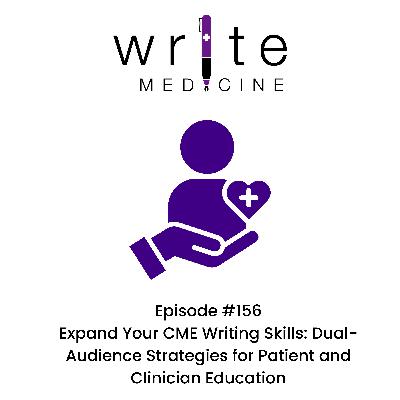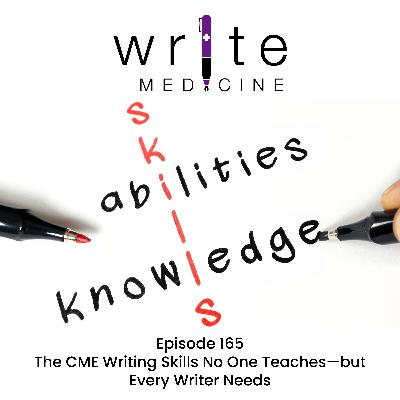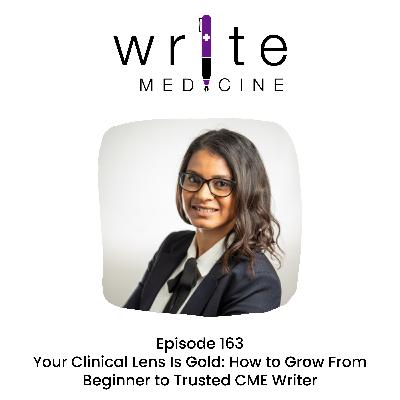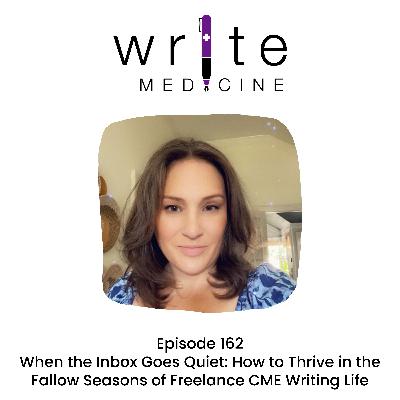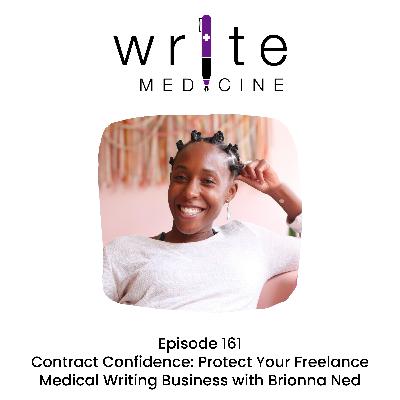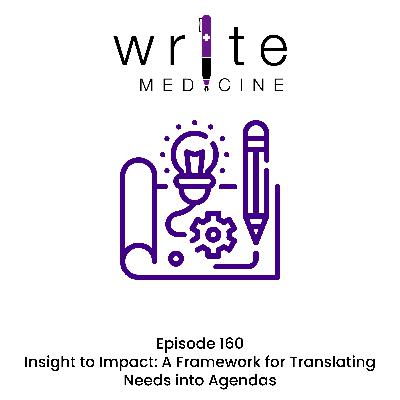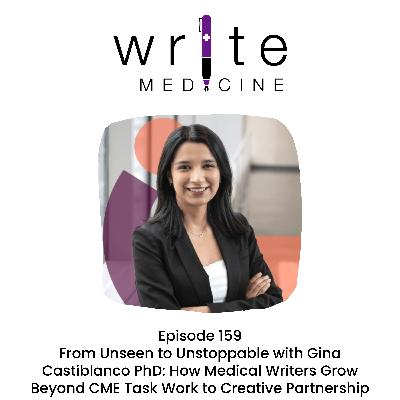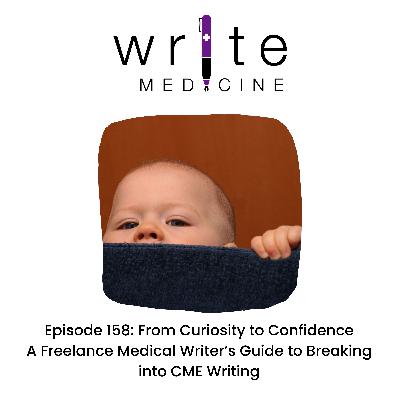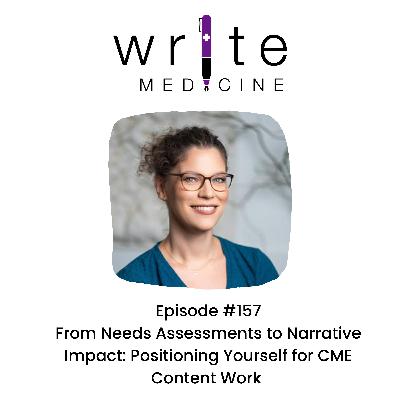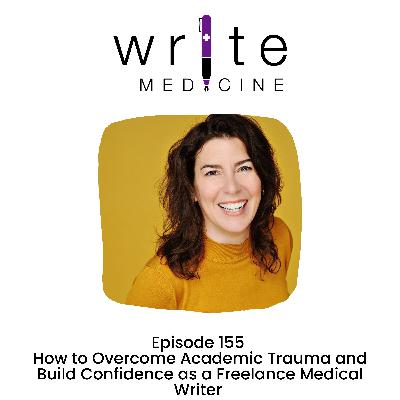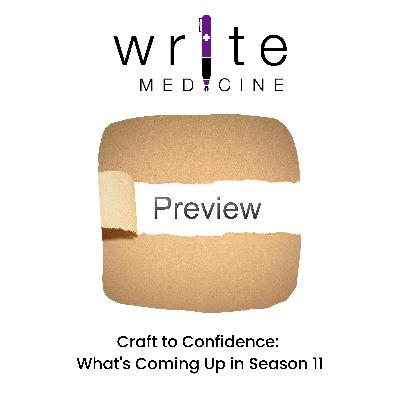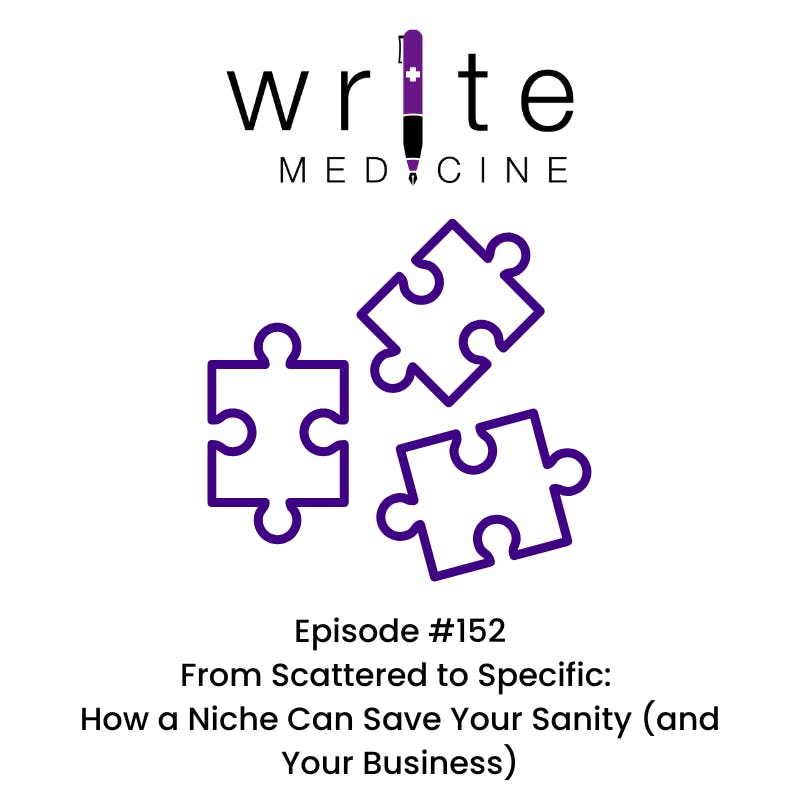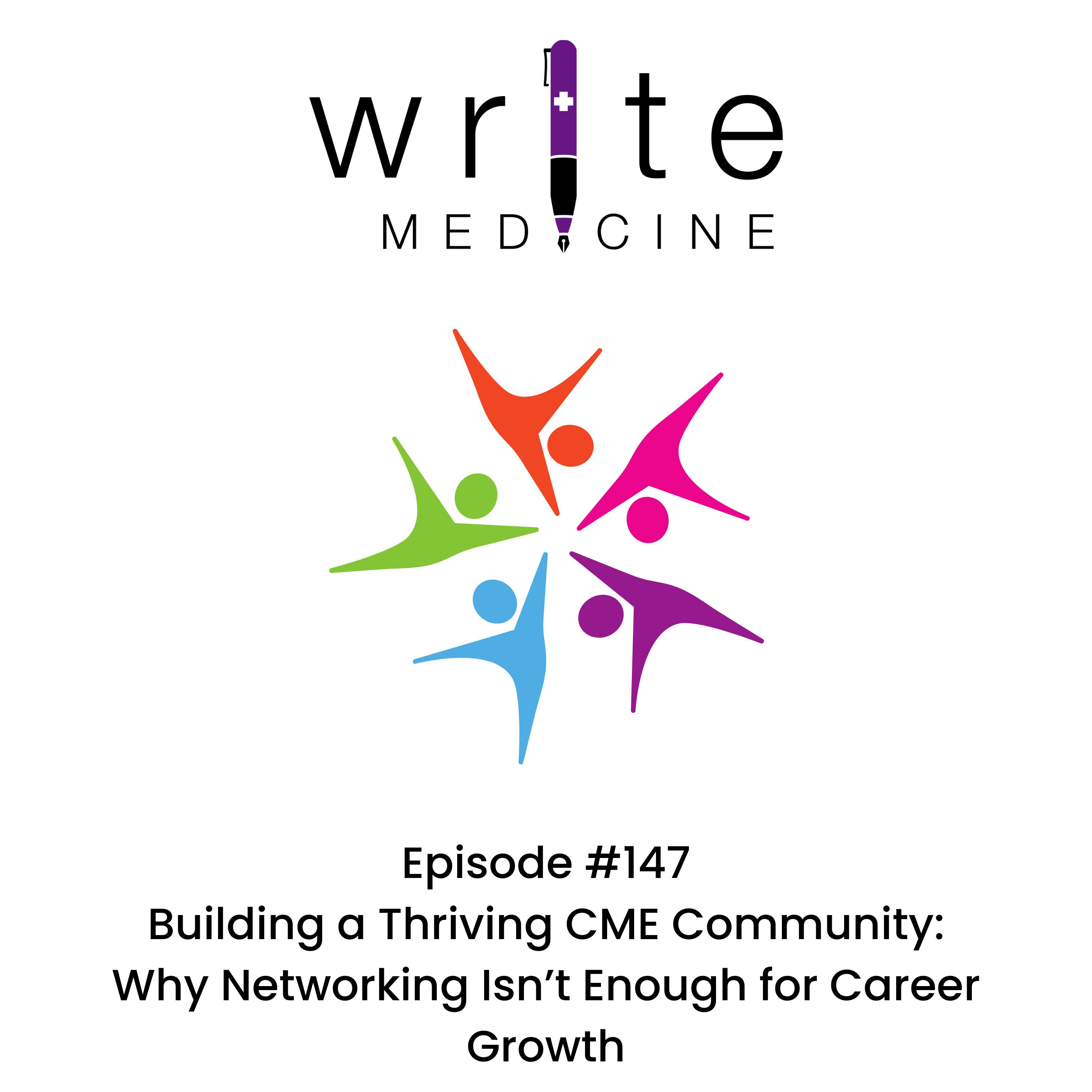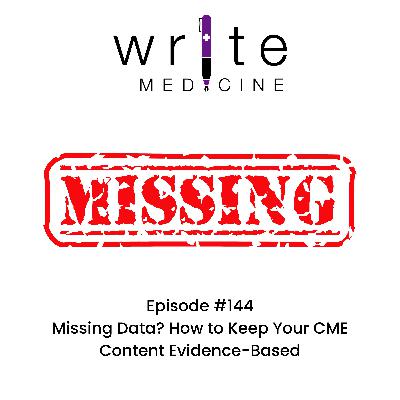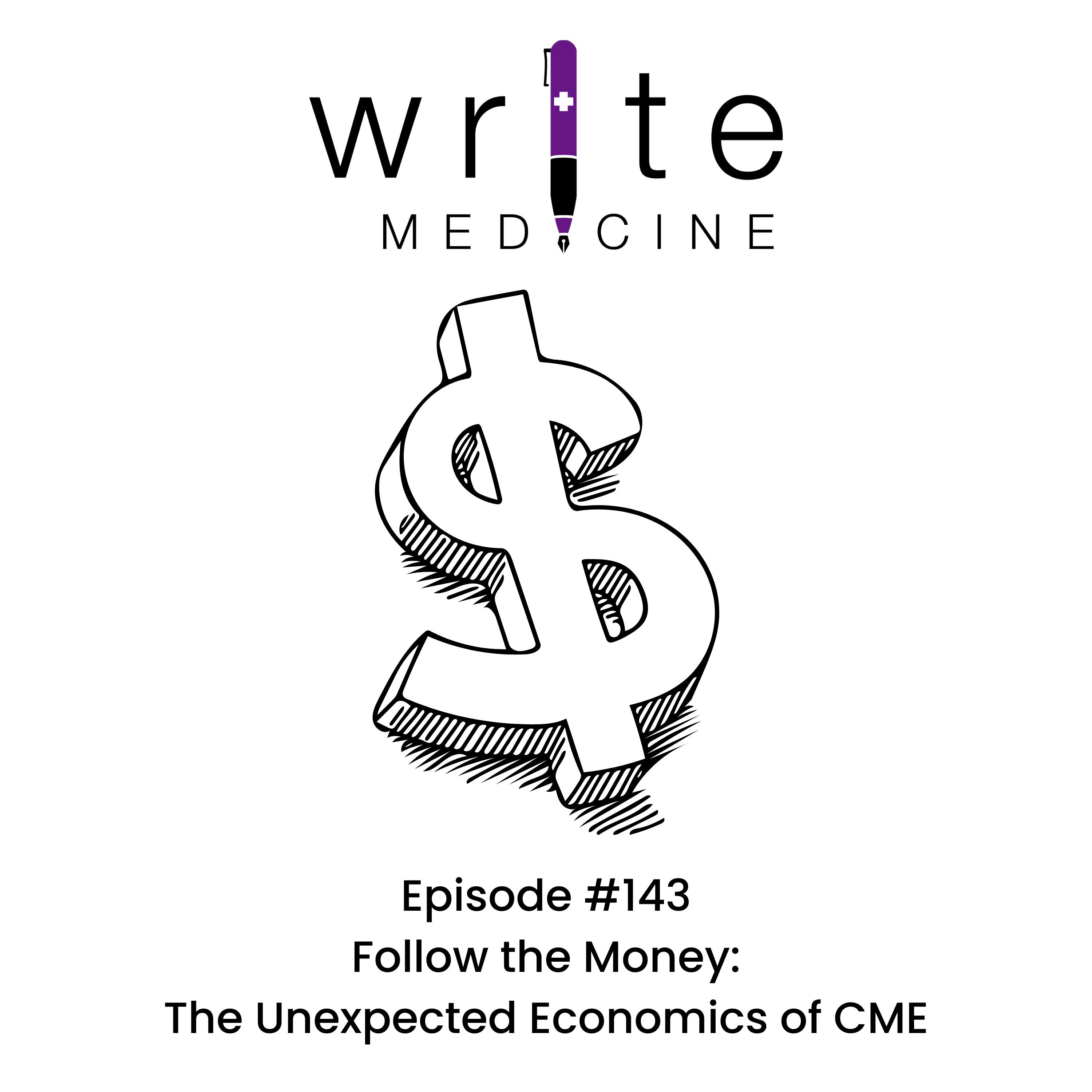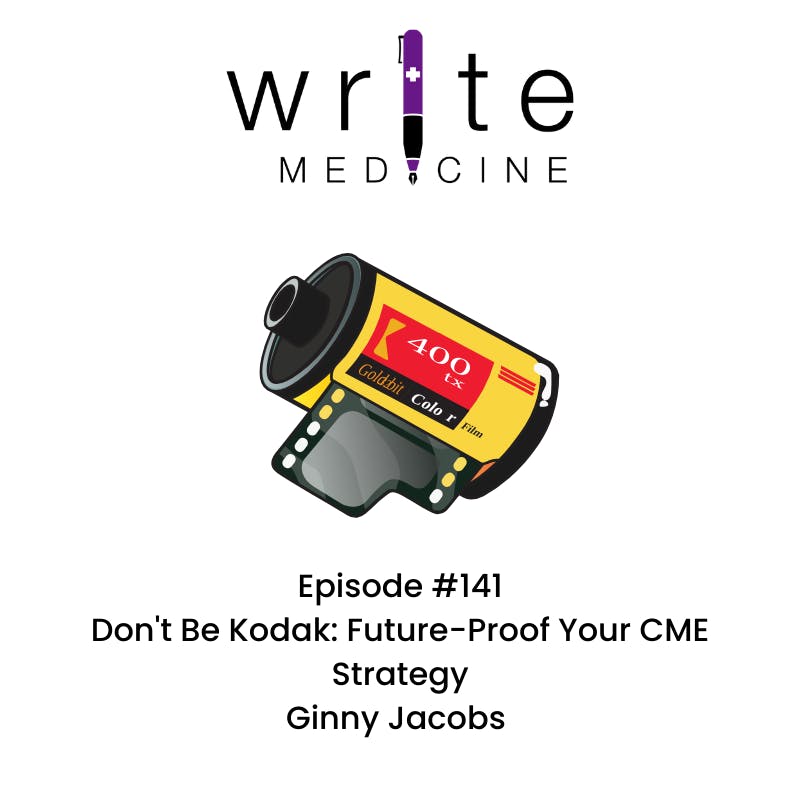Expand Your CME Medical Writing Skills: Dual-Audience Strategies for Patient and Clinician Education
Description
How do you take one complex medical concept and make it clear, accurate, and actionable for both clinicians and patients, without losing credibility?
If you’re a CME writer, you know the challenge of translating science into education that actually sticks. But as more CME projects tether clinician education with patient-facing components, the real test is flexing your craft to serve two very different audiences at once. Get this right, and you not only improve learning, you expand your professional scope and impact.
In this episode, you’ll discover:
- How to apply practical frameworks to dual-audience writing.
- Structural techniques that make content engaging, empathetic, and accessible.
- A simple 3-sentence exercise to sharpen clarity for patients and precision for clinicians—anytime, anywhere.
🎧 Tune in now and learn how to expand your CME writing craft into dual-audience education with one portable tool you can start using today.
Resources
Resources to support plain language, readability, and accessibility.
- https://readable.com/readability/
- Cognitive accessibility
- The Patient Education Materials Assessment Tool (PEMAT)
- Informed consent navigator tool
- Plain Language Summaries
- Plain Language Checklist for Health Professionals
- Plain language in biobank consent
- Plain Language Association
- Cognitive accessibility
- Informed consent navigator tool
Episodes Mentioned
- EP31: Cultivating a Visual Mindset with Karen Roy and Bhaval Shah
- EP 41: Nurture Connection-Tell them a Story with Ben Riggs
- EP109: Crafting Inclusive and Accessible Medical Content with Virginia Chachati
Practice: Explain one complex idea in three sentences, twice—once for patients, once for clinicians.
Take one complex concept: SGLT2 inhibitors reduce heart failure hospitalizations.
For patients:
- What it is: “These medicines help your kidneys release extra sugar, which also helps your heart.”
- Why it matters: “That can mean fewer breathless days and fewer hospital stays.”
- What to do next: “Ask your doctor if one of these medicines could work for you, and share any kidney issues you’ve had.”
For clinicians:
- Mechanism and trial anchor in one sentence.
- Link to the guideline.
- Patient selection + monitoring.
Here’s why this exercise matters: most adults in the U.S. read at about an 8th grade level, and nearly 1 in 5 at or below 5th grade. When we condense a complex medical concept into three short sentences—plain, clear, active—we’re not “dumbing down.” We’re writing accessibly, building trust, and giving patients a fair chance to participate in their care.
This 3-sentence rule is your portable tool for making health literacy visible in practice. And the bonus? It sharpens your clinician writing too—forcing clarity, precision, and focus on what truly matters.
Mentioned in this episode:
Write Medicine Mentor
Write Medicine Mentor is your private companion podcast designed exclusively for medical writers who want deeper support as they grow in continuing medical education (CME). Each month, you'll receive exclusive content from me to support your business and income growth as well as templates/checklists/swipe files you can use and apply to client projects.
In addition to immediate access to a CME writing starter pack, each month you’ll get:
* A bonus episode that takes you behind the mic for advanced insights into the craft and business of CME writing.
* A ready-to-use template, checklist, or swipe file to make your projects smoother and more effective.
* An Ask Me Anything episode, where Alexandra Howson, PhD, answers your questions about writing, clients, CME strategy, and sustainable freelance life.
Think of this podcast as your personal, earbud-friendly mentor—practical, honest, and always focused on helping you sharpen your skills, expand your opportunities, and thrive as a CME writer.
12 Days of Giving
This podcast uses the following third-party services for analysis:
Podtrac - https://analytics.podtrac.com/privacy-policy-gdrp

